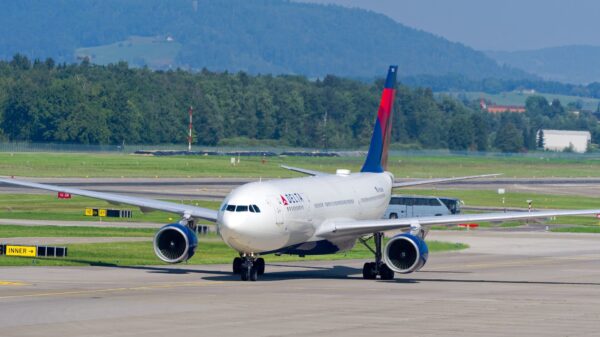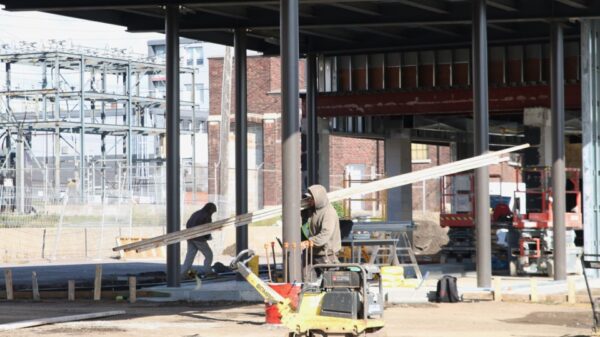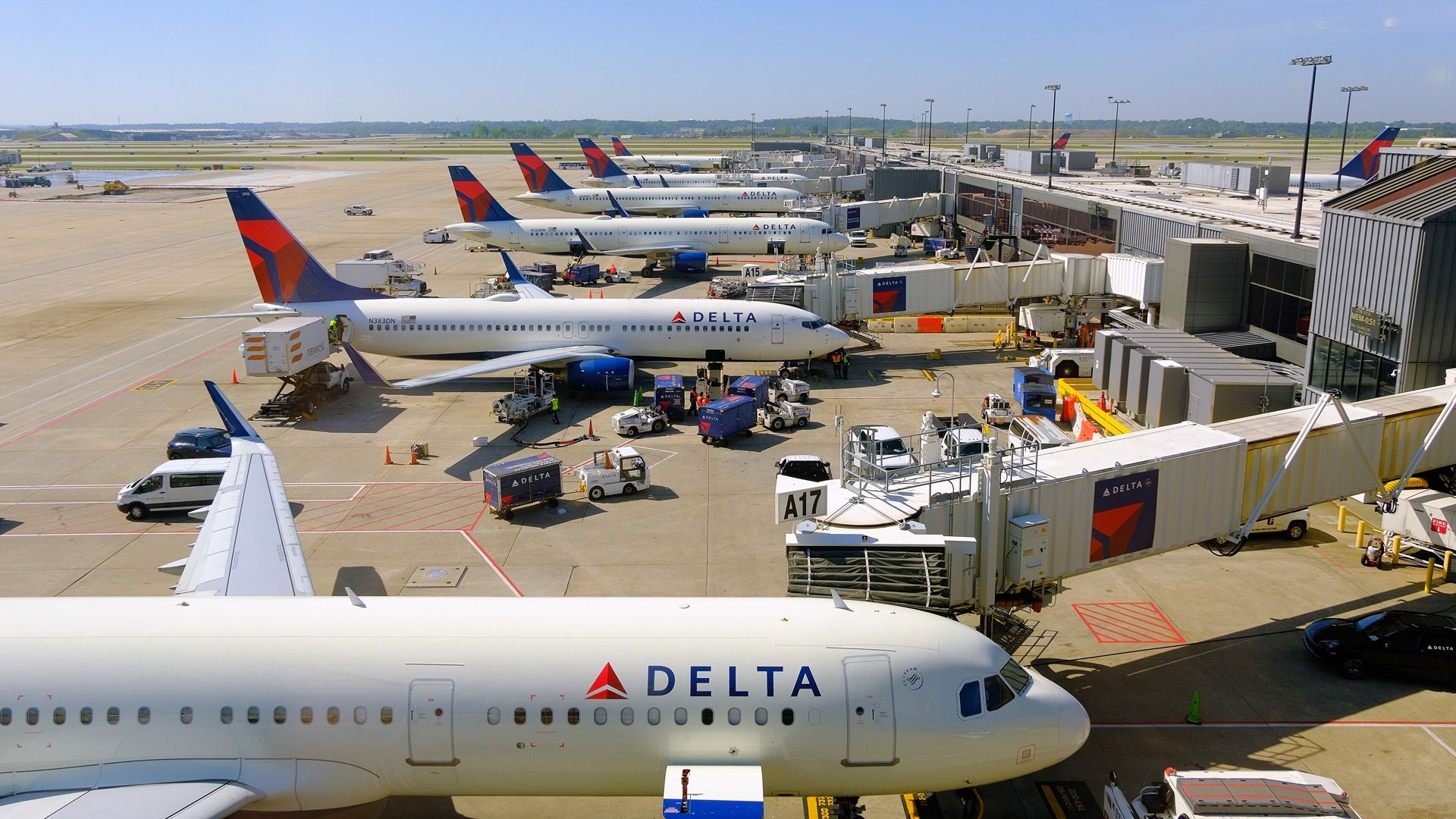Airline schedules are unlikely to return to normal immediately following the recent government shutdown. The Federal Aviation Administration (FAA) has already implemented traffic restrictions at several major airports due to critically low staffing levels among air traffic controllers. While the restoration of government funding will resume salaries for these controllers, it does not address the ongoing challenges related to training and recertification that have developed over the years. Passengers should brace for a phased recovery, marked by day-to-day delays and persistent constraints in high-traffic areas, particularly in New York City.
During the shutdown, the FAA limited passenger traffic and capped operations in approximately 40 high-volume markets. This was a necessary measure to ensure safety amid reduced controller availability, impacting around 10% of operations at major U.S. airports, according to AP News. The FAA’s internal documents reveal that New York’s primary air traffic control facility, known as New York TRACON, will not reach even 70% of its targeted staffing levels until after 2026. Consequently, the agency has extended slot and schedule relief through the summer of 2026, indicating that recovery for Northeast schedules will be slow.
Challenges Ahead for Airlines and Passengers
As airlines work to restore flight schedules, recovery will be uneven, with the quickest reinstatement of services occurring in areas where bottlenecks are minimal. At complex hubs where controller staffing remains tight, airlines will proceed cautiously. Delays are expected to decrease as pay normalizes and overtime checks are distributed consistently. Control tower support staff are also set to return to their positions.
Despite these improvements, the disruptions caused by missed connections and crew misplacement will require additional time to resolve fully. The most significant challenges will likely persist in constrained airspace, particularly in the New York region. Pre-existing staffing shortages indicate that airlines will need to reduce schedules further, keeping in mind that severe weather and technological issues remain significant risks.
From a practical standpoint, this situation will result in fewer flights during peak hours. Airlines will implement larger buffers in their schedules to manage reliability and ensure smoother operations. This cautious approach means that passengers may notice fewer available flights during busy periods.
Financial Implications for Airlines
The financial repercussions of the government shutdown are also noteworthy, as operational disruptions affect airline performance significantly. Conventional wisdom suggests that such situations typically harm airline profits due to missed revenue from cancellations and reduced schedules. The automatic refund policies introduced under the Biden administration further complicate the financial landscape for airlines, adding pressure to their cash flows.
In the medium term, the FAA’s ongoing capacity caps at key airports will continue to limit airline growth. However, there are indications that the operational disruptions and reduced capacity may not have an entirely negative impact on airline finances. By operating more cautiously, airlines can mitigate losses, and the scarcity of available seats can lead to higher fares as demand remains strong.
As airlines navigate the aftermath of the shutdown, the emphasis will be on gradually rebuilding their networks while maintaining operational reliability. The journey back to normalcy will require patience from both airlines and passengers alike as the industry adjusts to the new normal in air travel.




































































